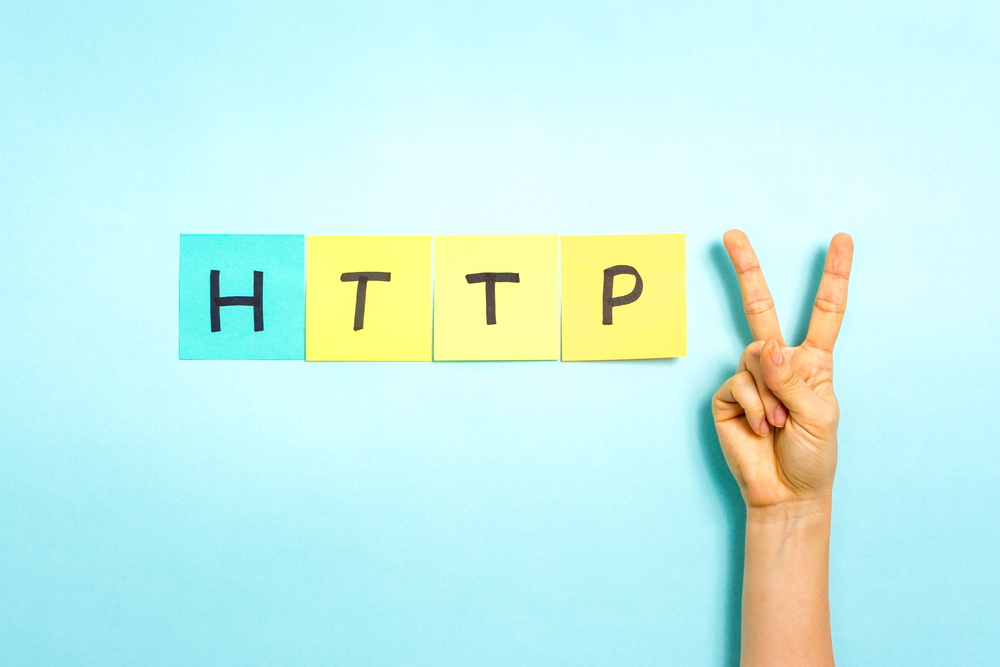A new version of HTTP (Hypertext Transfer Protocol) known as HTTP2 has been released. HTTP is the foundation of data communication for the World Wide Web. It defines how messages are formatted and transmitted, and what action web servers should take in response to various requests. HTTP2, the new version of this protocol, is pitted to deliver faster websites for everyone.
HTTP oversees the connection between your server and the browsers of your website’s visitors. In 1997, HTTP 1.1 became the standard. It works well, but has struggled to keep pace with today’s websites, with photos, videos and other interactive content causing a blockage as page content is loaded, one element at a time. That’s why you sometimes have to wait for a video to finish loading before photos appear on a page, for example.
HTTP2 was developed from the earlier experimental SPDY protocol, originally developed by Google. The update is more efficient, has faster loading speeds and improved security. Switching from HTTP1.1 to HTTP2 leads to improvements in communication between browsers and servers, reducing load times.
One of the most important features of HTTP2 is called ‘Server Push’, which lets a web server talk to the browser and tell it the next thing it should load. This means the browser doesn’t have to ‘guess’ what it should prioritise and display next, resulting in much more efficient loading and shorter waiting times.
Click here for technical information about HTTP2 and what makes it more efficient than HTTP1.1
What do I need to do about HTTP2?
You don’t need to do anything, but it’s useful if you have responsibility for your website to know about these changes. Browsers such as Firefox, Windows 10 Internet Explorer, IOS 9.0 to 9.2 and Google Chrome already support HTTP2 and the rest will be following suit in due course.
If you would like more information on HTTP2 and how it can benefit your website contact us





